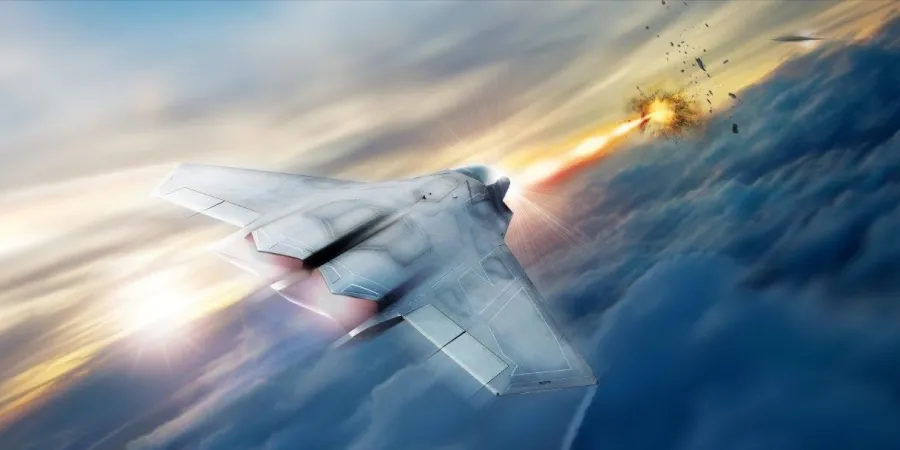Lockheed Martin to Develop Compact Airborne High Energy Laser Capabilities
The $26.3 million contract funds development of high power laser to be tested on tactical fighter jets
IsraelDefense
| 12/11/2017
The Air Force Research Lab (AFRL) awarded Lockheed Martin $26.3 million for the design, development and production of a high power fiber laser. AFRL plans to test the laser on a tactical fighter jet by 2021. The contract is part of AFRL's Self-protect High Energy Laser Demonstrator (SHiELD) program, and is a major step forward in the maturation of protective airborne laser systems.
"Lockheed Martin continues to rapidly advance laser weapon systems and the technologies that make them possible," said Dr. Rob Afzal, senior fellow of laser weapon systems at Lockheed Martin. "We have demonstrated our ability to use directed energy to counter threats from the ground, and look forward to future tests from the air as part of the SHiELD system."
The SHiELD program includes three subsystems: SHiELD Turret Research in Aero Effects (STRAFE), the beam control system, which will direct the laser onto the target; Laser Pod Research & Development (LPRD), the pod mounted on the tactical fighter jet, which will power and cool the laser; and Laser Advancements for Next-generation Compact Environments (LANCE), the high energy laser itself, which can be trained on adversary targets to disable them.
LANCE is designed to operate in a compact environment, and as such, the Lockheed Martin team focused on developing a compact, high-efficiency laser within challenging size, weight and power constraints. The LANCE contract leverages technology building blocks from internal research and development projects, including the ATHENA system and ALADIN laser, as well as contract experience gained from programs such as the US Army's Robust Electric Laser Initiative (RELI) program.
The $26.3 million contract funds development of high power laser to be tested on tactical fighter jets
The Air Force Research Lab (AFRL) awarded Lockheed Martin $26.3 million for the design, development and production of a high power fiber laser. AFRL plans to test the laser on a tactical fighter jet by 2021. The contract is part of AFRL's Self-protect High Energy Laser Demonstrator (SHiELD) program, and is a major step forward in the maturation of protective airborne laser systems.
"Lockheed Martin continues to rapidly advance laser weapon systems and the technologies that make them possible," said Dr. Rob Afzal, senior fellow of laser weapon systems at Lockheed Martin. "We have demonstrated our ability to use directed energy to counter threats from the ground, and look forward to future tests from the air as part of the SHiELD system."
The SHiELD program includes three subsystems: SHiELD Turret Research in Aero Effects (STRAFE), the beam control system, which will direct the laser onto the target; Laser Pod Research & Development (LPRD), the pod mounted on the tactical fighter jet, which will power and cool the laser; and Laser Advancements for Next-generation Compact Environments (LANCE), the high energy laser itself, which can be trained on adversary targets to disable them.
LANCE is designed to operate in a compact environment, and as such, the Lockheed Martin team focused on developing a compact, high-efficiency laser within challenging size, weight and power constraints. The LANCE contract leverages technology building blocks from internal research and development projects, including the ATHENA system and ALADIN laser, as well as contract experience gained from programs such as the US Army's Robust Electric Laser Initiative (RELI) program.



